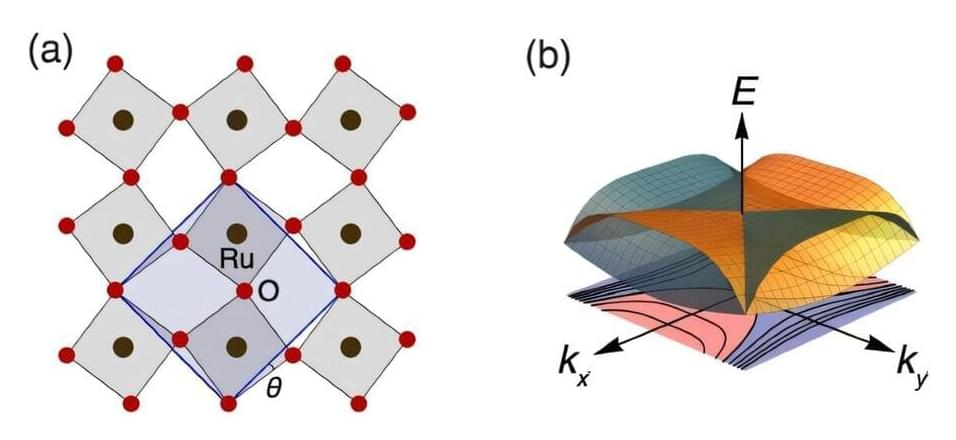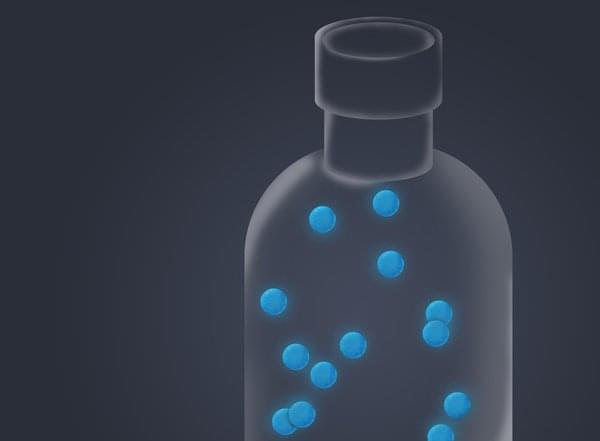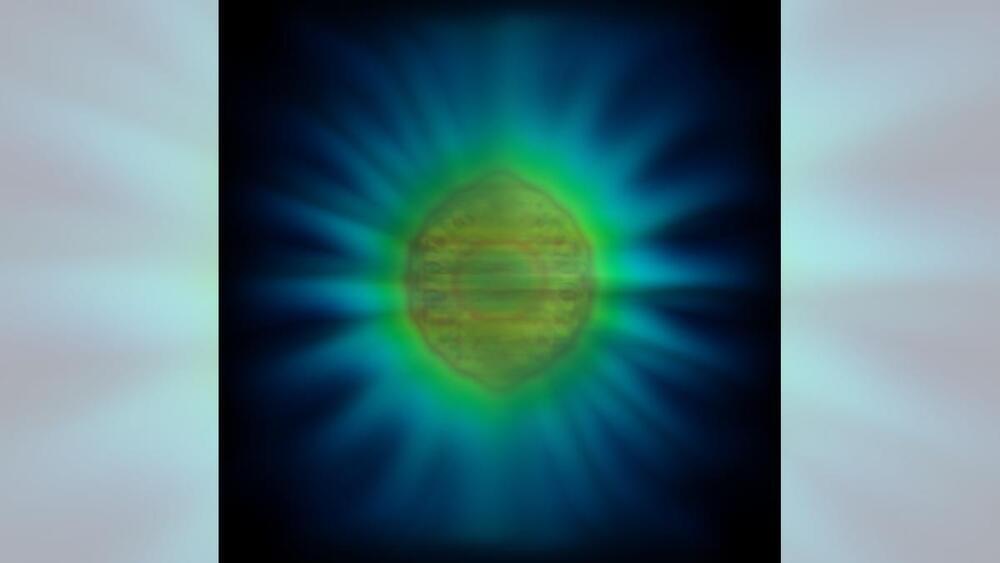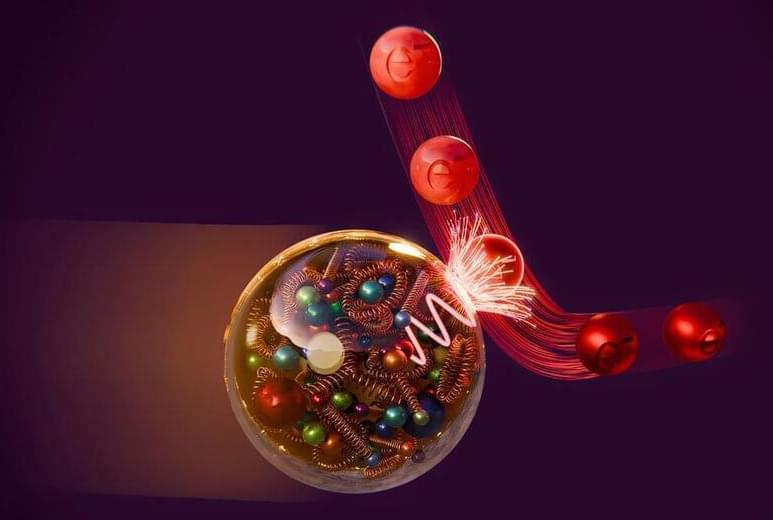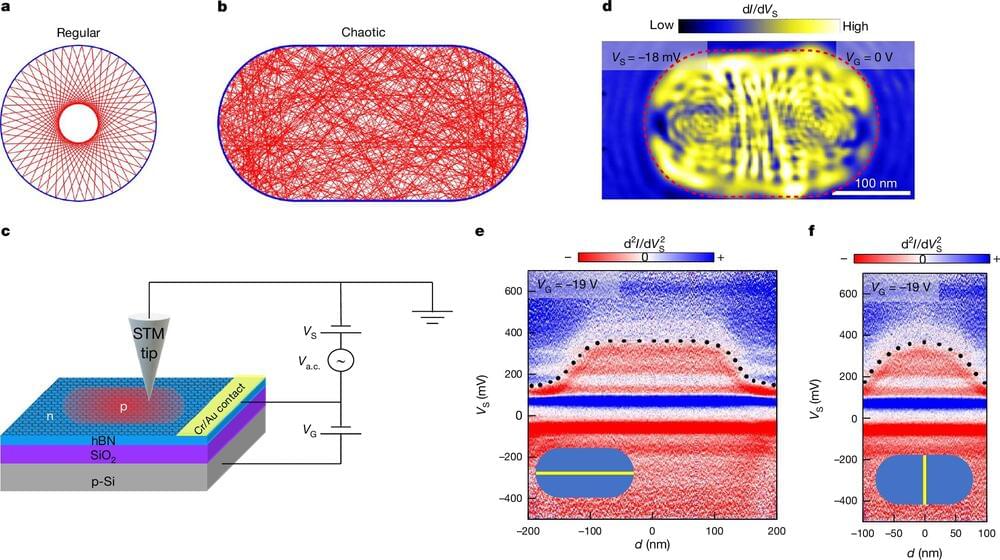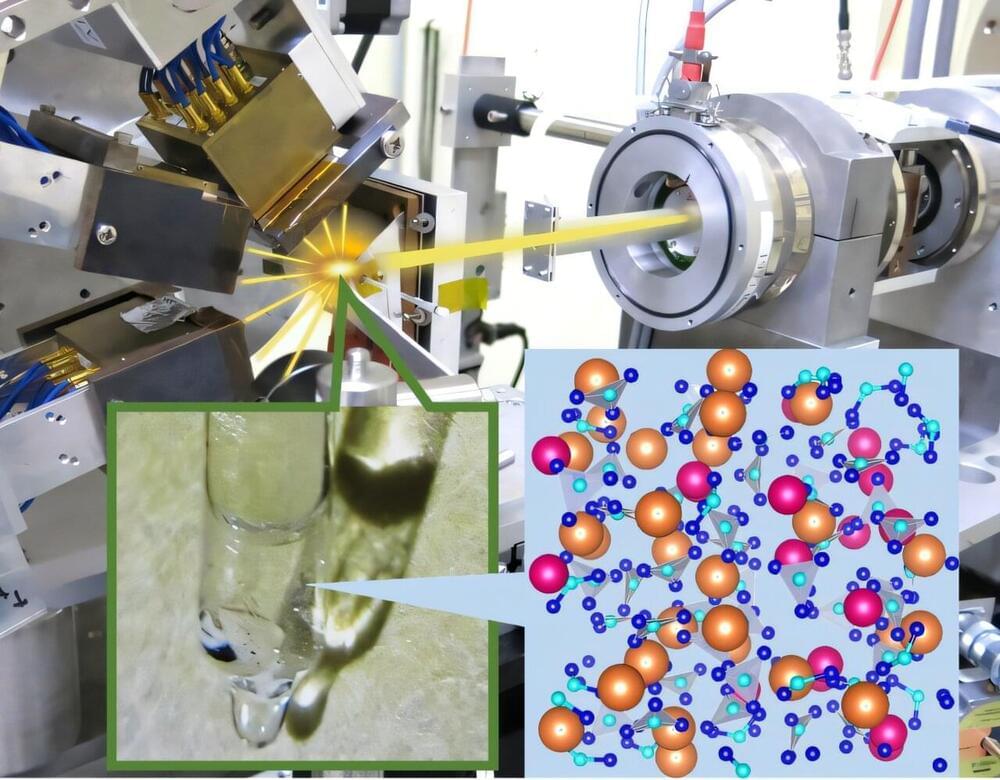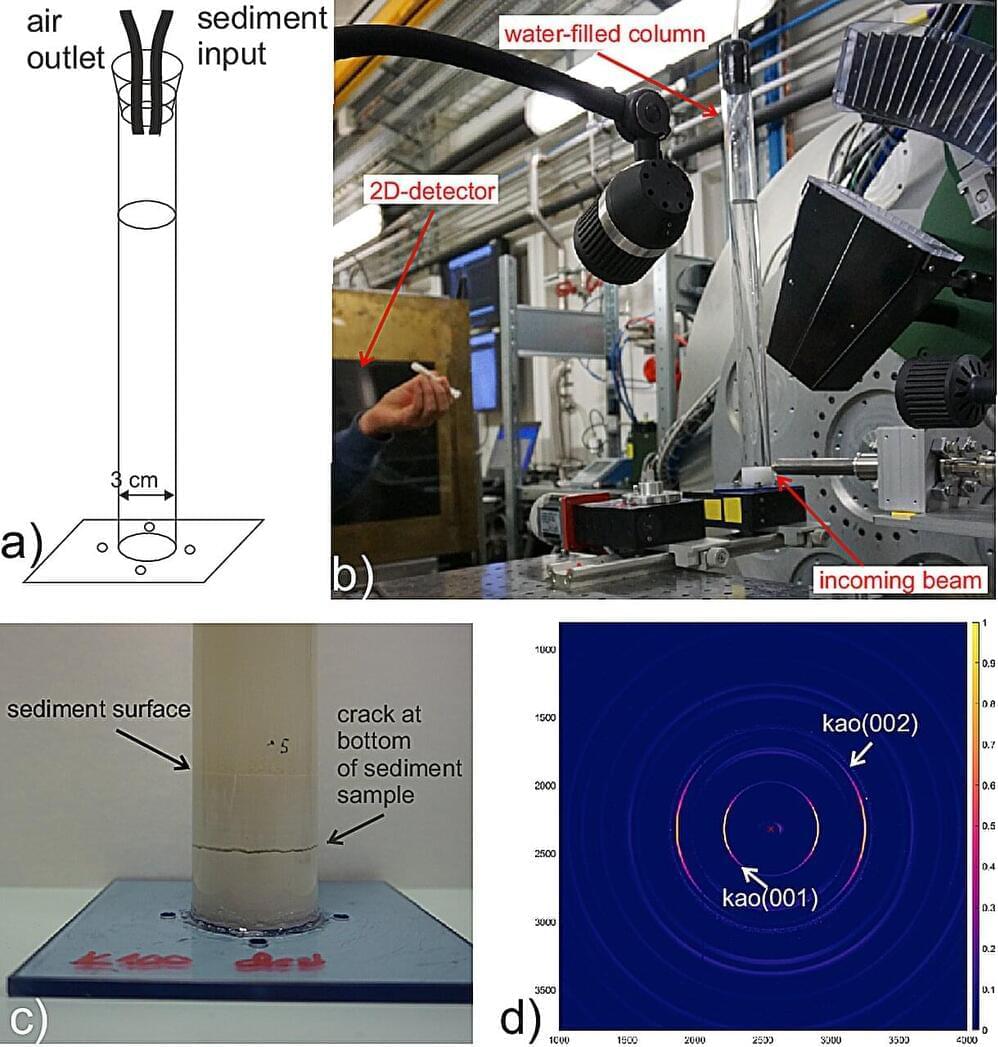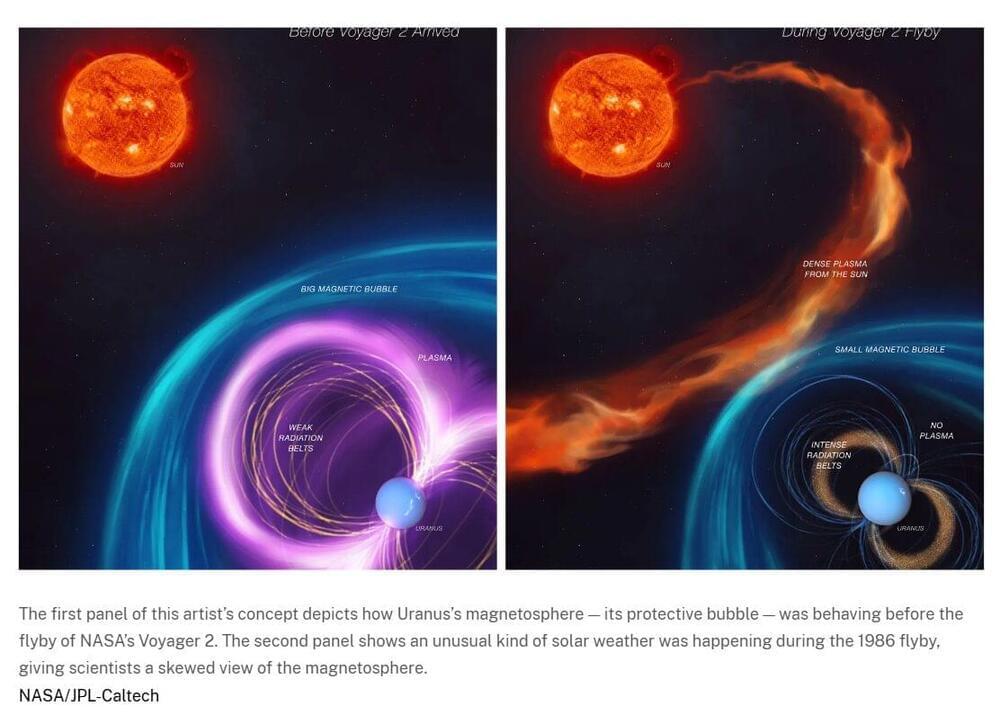Unveiling Quantum Scars: A Window into Chaos in Graphene Quantum Dots.
In the realm of quantum physics, certain phenomena challenge our understanding of chaos and order.
Patterns in chaos have been proven, in the incredibly tiny quantum realm, by an international team co-led by UC Santa Cruz physicist Jairo Velasco, Jr. In a new paper published on November 27 in Nature, the researchers detail an experiment that confirms a theory first put forth 40 years ago stating that electrons confined in quantum space would move along common paths rather than producing a chaotic jumble of trajectories.
Electrons exhibit both particle and wave-like properties—they don’t simply roll like a ball. Electrons behave in ways that are often counterintuitive, and under certain conditions, their waves can interfere with each other in a way that concentrates their movement into certain patterns. The physicists call these common paths “unique closed orbits.”
Achieving this in Velasco’s lab required an intricate combination of advanced imaging techniques and precise control over electron behavior within graphene, a material widely used in research because its unique properties and two-dimensional structure make it ideal for observing quantum effects.
